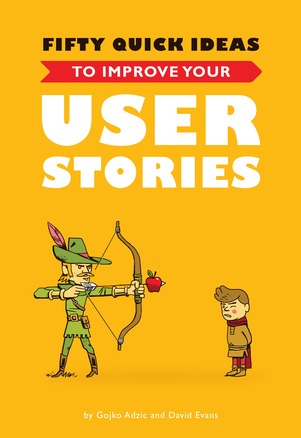If you ask a hundred developers to define software quality, you’ll probably get a hundred different answers. There are a lot of ways to categorize quality, but one that I find most useful is building the right product and building the product right.
Building the Right Product
First we have to make sure we are building the right product. The most performant and secure product, having the cleanest and most extensible architecture, covered with unit tests and acceptance tests is in vain if nobody uses it.
In their book, Lean Software Development: An Agile Toolkit, Mary and Tom Poppendieck define this dimension of quality as the perceived integrity of a product. Perceived (external) integrity means the totality of the product achieves a balance of function, usability, reliability, and economy that delights customers.
Traditionally, when customers want to build a product, they talk with business analysts and write down the requirements. These documents are then handed over to architects, who then define the high level architecture and pass the design documents down to programmers who start implementing. There’s a gap between each step and as we go through the process, we lose more and more information and our chances of building the right product get slimmer.
Continue Reading
